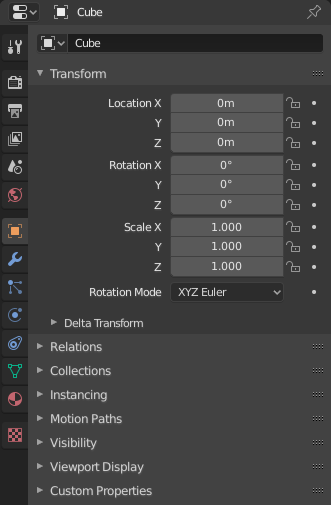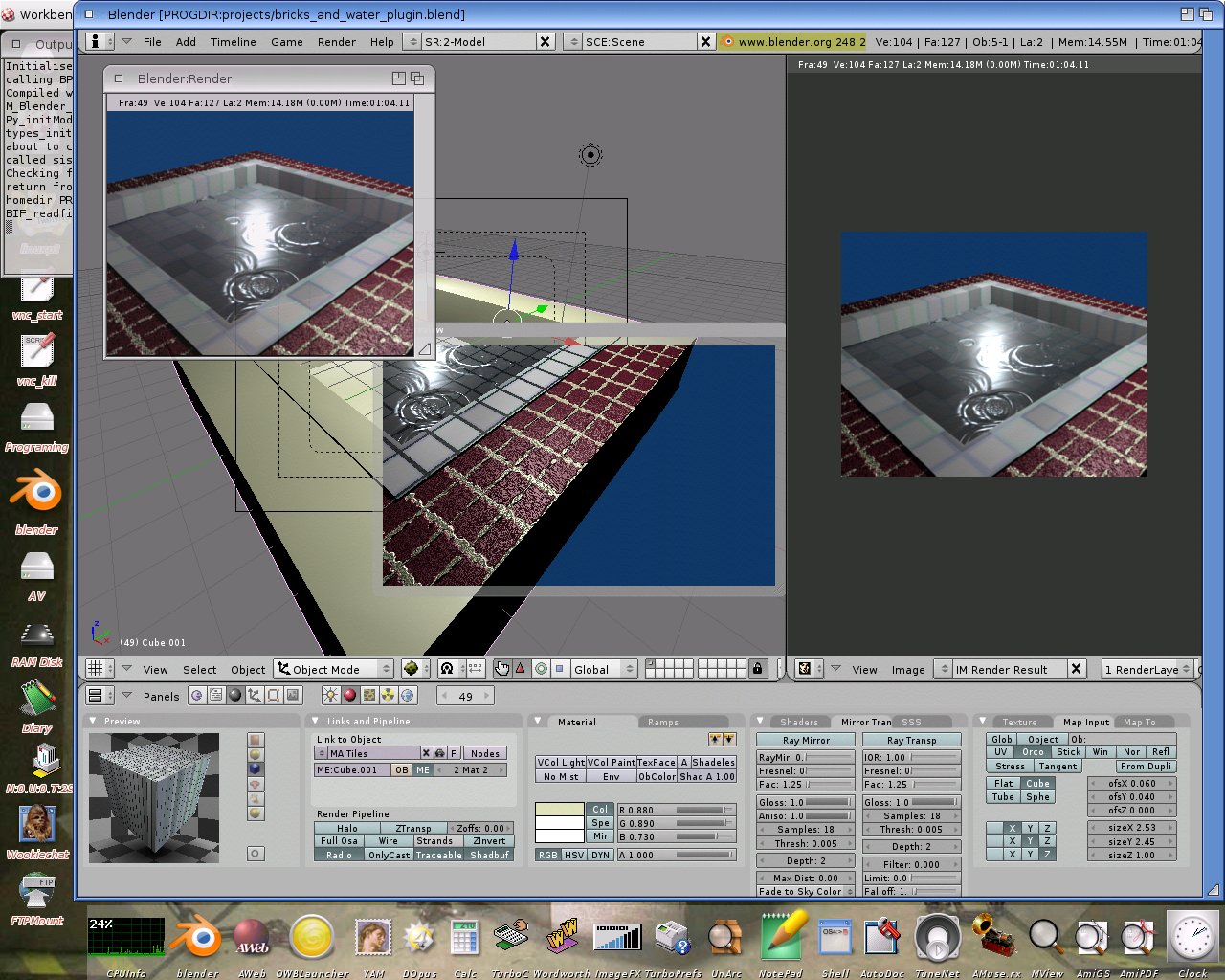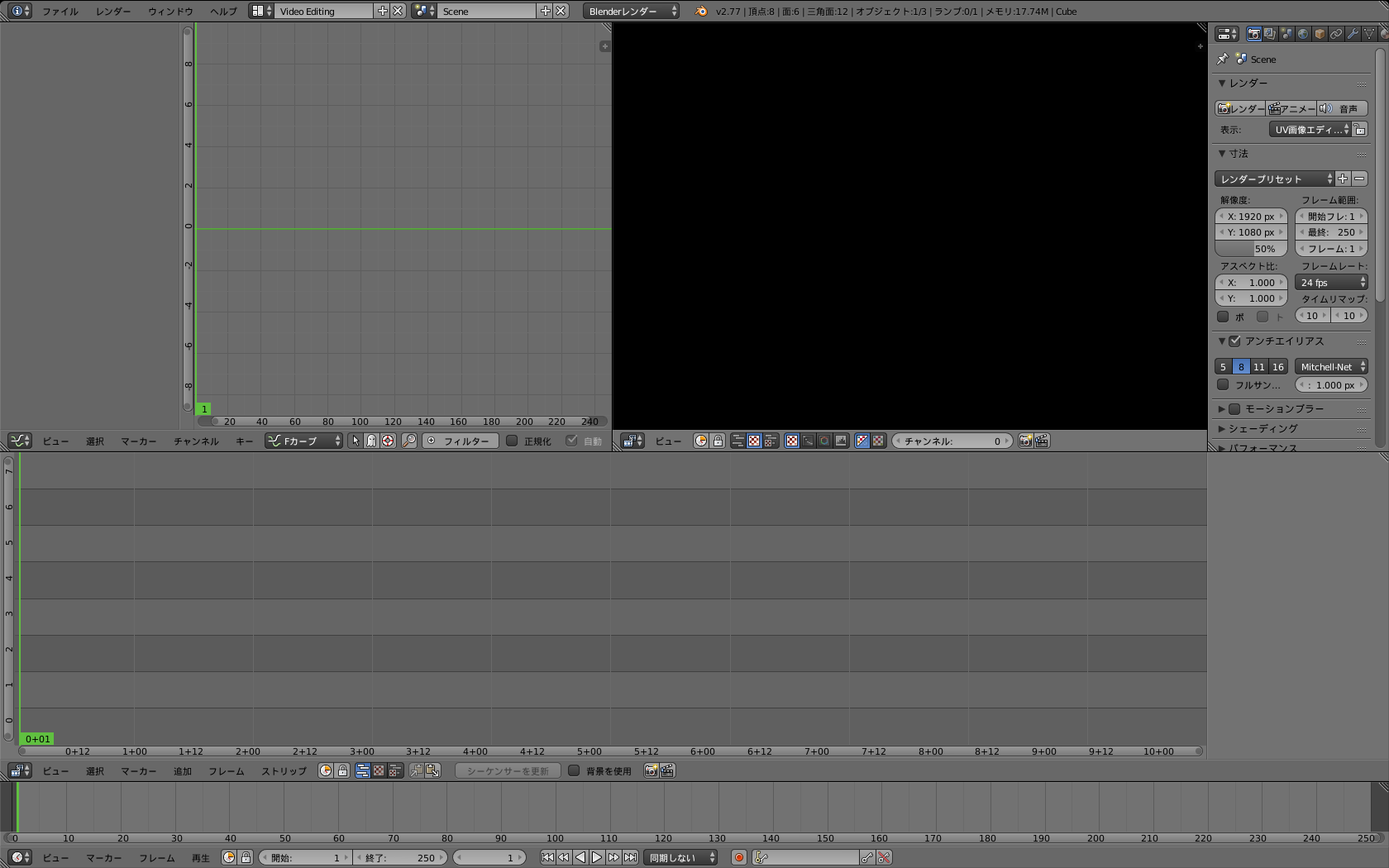

It marks the object containing the mesh as dirty. Then the system detects that a shape key value has to be changed too. I'm guessing there is a parent-child relationship somewhere, or an Armature modifier. The rig scales the mesh up somehow first. So let's pull that handle like in your GIF. Your single armature contains bones, which trigger a Shapekey change as well as properties of other bones.

What does this mean for your example case? Your case What they went for is a Depsgraph that does its work on an object level. So they had to make a compromise: They could not afford to trigger depsgraph updates on every nitty little property, they had to make the system less fine-granular. When Blender received its first implementation of a Depsgraph, computer power was limited. And here is where the current problem of Blender starts, and Sergey came in.
#Blender update update#
If an update by the scheduler triggers further updates, it will only mark the prop in question as dirty again (unless the coders decided to put hacks in the code, and there might be plenty) and update in the next cycle. When the scheduled update happens, it will only ever touch properties which have been marked as dirty, completely ignoring anything related. In Depsgraph terms, this is called mark as dirty. It does not change or recalculate values just yet. Between these schedules, Blender does nothing else than tagging each property which needs updates, as well as tagging the depending propertiers as dirty as well. However, it does NOT run an update cycle on each property change! Instead, it runs in a scheduled or event-driven way, one could say 'from time to time'. The Depsgraph keeps track of the relations of properties in the scene to each other, and of their status. Now, if there was a way to cleverly identify what needs to be updated, and what can be skipped, that would be awesome, right? Right? That awesomeness is called Dependency Graph. If Blender was forced to manually check EVERY possible effect, you'd propably need to go for a coffee on each screen refresh in a not even complex scene. could have a material node tree that reads the locationĪs you can see, there is a Ton (pun intended) of possible follow-up calculations that might need to happen.be part of a group, and the instance needs to be updated too.

have a constraint relationship to another object.
#Blender update driver#

Click apply, and launch blender from there.ĭone! Edit by aliasguru: Why does this work? After the path in 'Target', paste in '-enable-new-depsgraph'Ĥ. Annoyingly you can not use 'Whole Character' key framing properly anymore, but it works nonetheless.Įdit: Thanks to aliasguru, I found out to solve this you can:ģ. Odly enough, the driver bone has to be in a separate armature from the bone that you are driving.


 0 kommentar(er)
0 kommentar(er)
